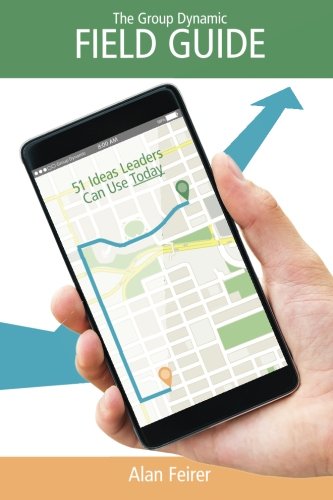Alan Feirer published his first book, The Group Dynamic Field Guide: 51 Ideas Leaders Can Use Today in May of 2016. A version of the book geared toward Youth Leadership was released shortly thereafter: The Group Dynamic Field Guide for Youth: 51 Ideas Student Leaders Can Use Today. Both books are currently available through Amazon.com.

The Group Dynamic Field Guide:
51 Ideas Leaders Can Use Today
With a bias toward action, this Field Guide will provide hope, inspiration, and a way to put leadership into practice. While you can read from beginning to end, the format makes it easy to pick and choose the most urgently needed tools. The world and workplace do not wait for leaders to be properly assessed, trained, and “developed.” Instead, people end up getting promoted because someone else left. People take the chair of a committee because it’s “their turn.” And we’ve all seen people promoted to leadership because they were good at their job, even though that job may require a totally different skill set. As we continue to explore and develop leaders, we can all turn to this definition when we’re overwhelmed: Meet Needs. This requires curiosity – a leader has to ask “What’s needed?” then act on it. It could be… “What does she need from me?” “What does this team need right now?” “What does he need to hear to do his best work?” Consider a bias toward action. The world moves when we do. Lack of initiative doesn’t result in lack of change, it results in decay. It all comes down to “what’s needed now.” Leadership is the act of meeting needs. This book will help you do just that.
